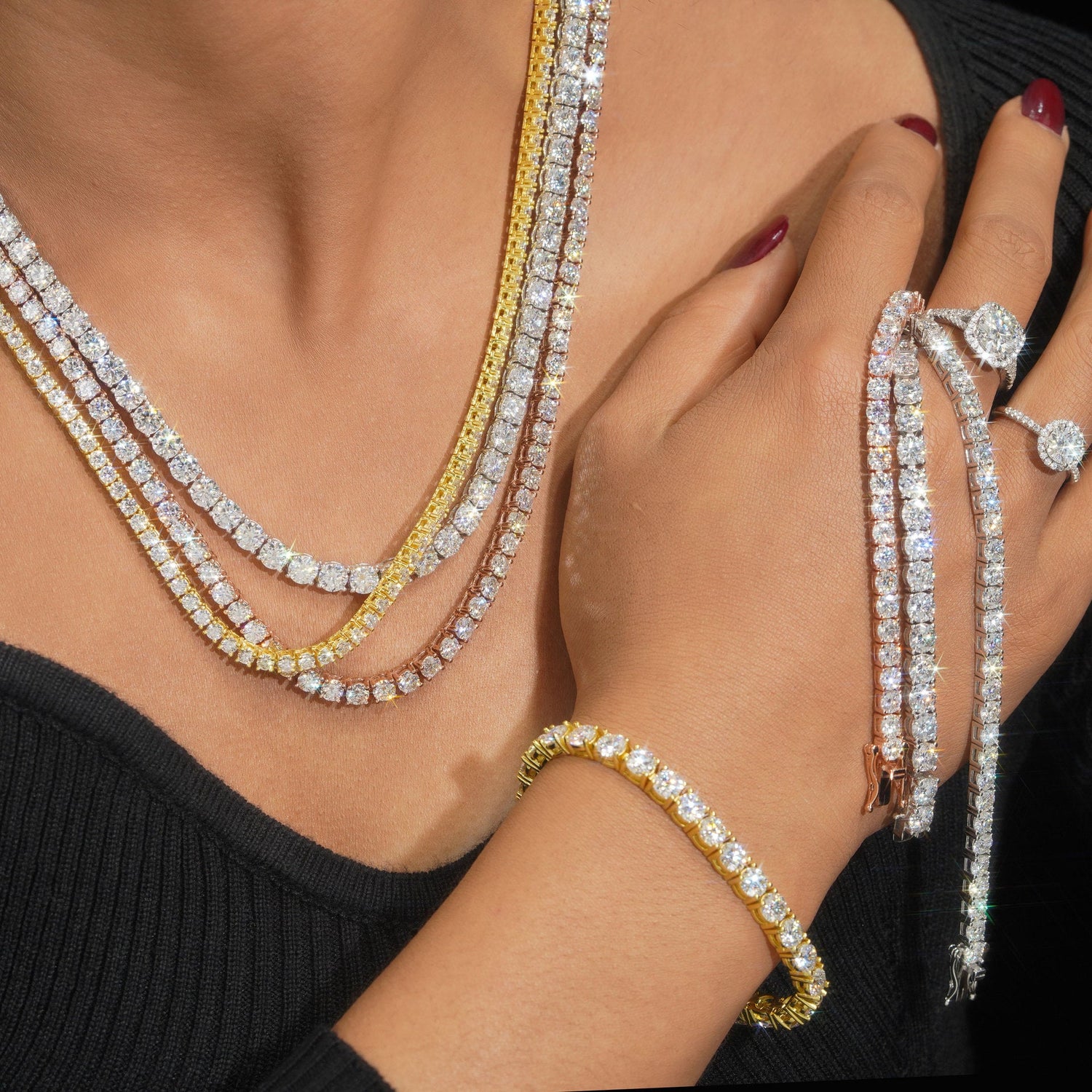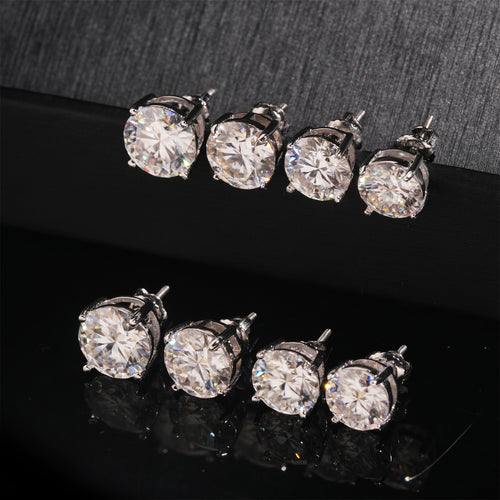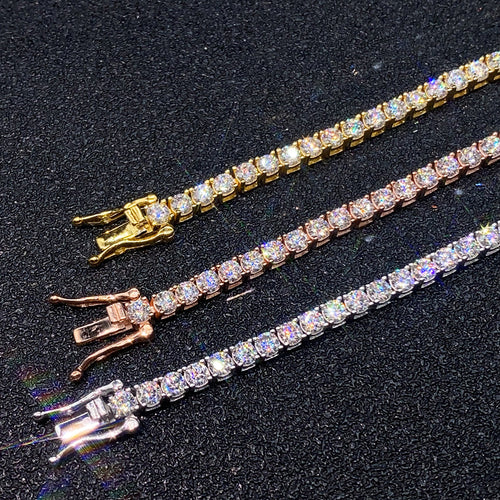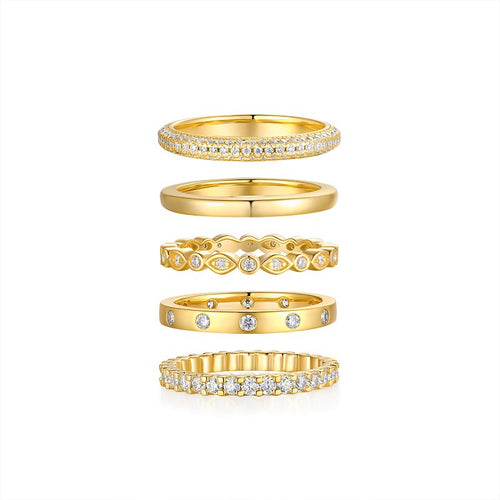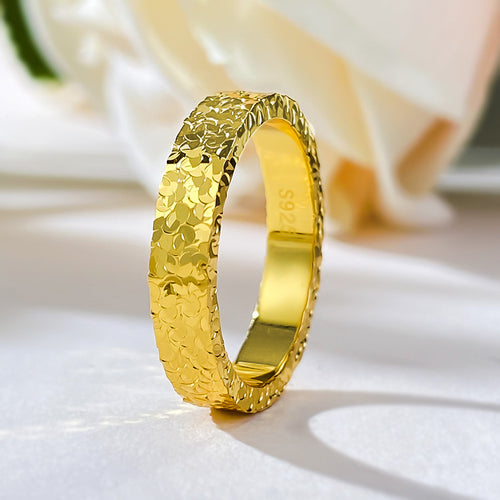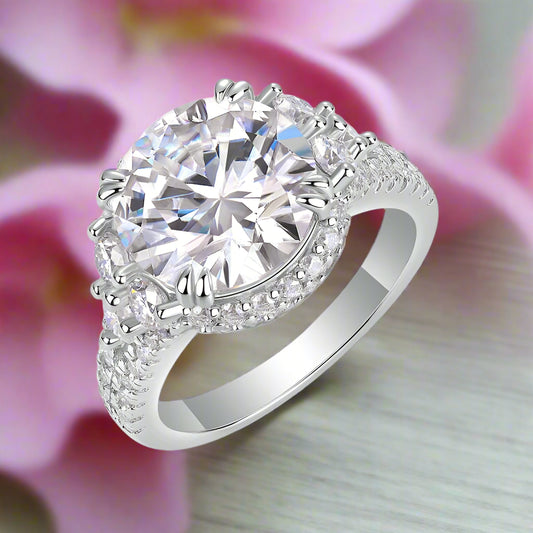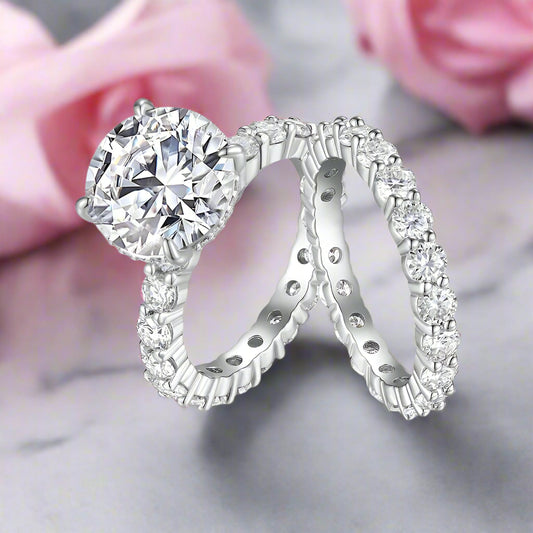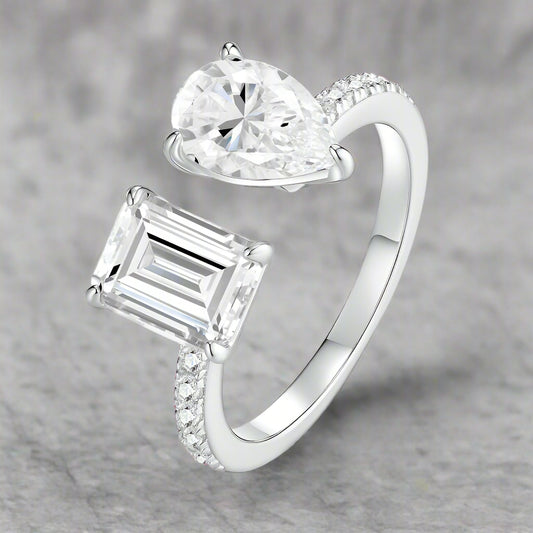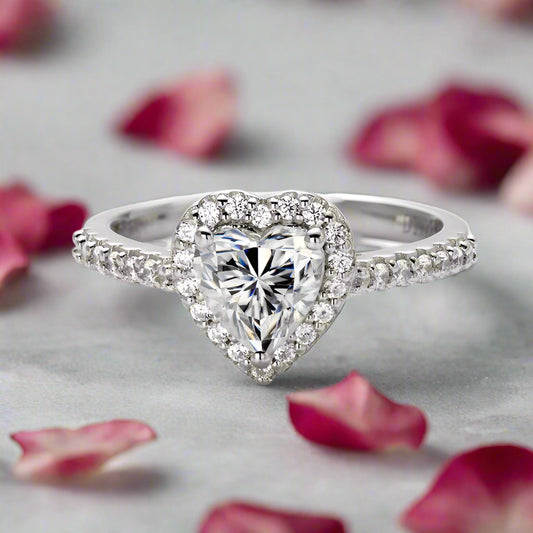Alexandrite is one of the world’s rarest and most mesmerizing gemstones. Famous for its color-changing phenomenon - shifting from lush green in daylight to deep red or purplish-red under incandescent light - this gem is a symbol of transformation, balance, and prosperity. Its unique optical effect, known as the “alexandrite effect,” makes it a prized treasure among collectors, jewelers, and spiritual enthusiasts alike.
In this guide, we’ll explore the meaning of alexandrite, its history, origins, physical properties, metaphysical significance, and why this rare gem continues to captivate hearts around the world.
🌍 History and Origin of Alexandrite
Discovered in the 1830s in Russia’s Ural Mountains, alexandrite was named after Tsar Alexander II. The gemstone’s red and green hues mirrored the colors of the Russian military, which boosted its cultural significance and popularity among aristocrats.
In imperial Russia, alexandrite was considered a stone of luck, good fortune, and creativity. Folklore suggested it strengthened intuition and imagination - qualities prized in the arts and leadership.
Today, high-quality Russian alexandrite is almost depleted, making it extremely rare. Modern sources include Brazil, Sri Lanka, Zimbabwe, Madagascar, and East Africa. Still, Russian-origin alexandrites remain the most valuable.
💎 Alexandrite’s Physical and Chemical Properties

-
Mineral Class: Chrysoberyl
-
Chemical Formula: BeAl₂O₄ (with chromium impurities)
-
Color Change: Green to bluish-green in daylight → red to purplish-red in incandescent light
-
Hardness: 8.5 on the Mohs scale (extremely durable)
-
Crystal System: Orthorhombic
-
Transparency: Transparent to translucent
This remarkable dual-color phenomenon occurs due to chromium ions interacting with light, creating a strong pleochroism (multi-color effect).
💰 Rarity and Value of Alexandrite

Alexandrite is among the rarest gemstones in the world - rarer even than diamonds. Its value depends on:
-
Strength of Color Change – The sharper the green-to-red shift, the higher the value.
-
Origin – Russian alexandrites are the most prized.
-
Carat Size – Stones over 1 carat are exceptionally rare and expensive.
-
Clarity and Cut – Transparent gems with minimal inclusions are highly sought after.
Fine alexandrites can fetch prices comparable to top-tier rubies, emeralds, and diamonds, making them a strong investment gemstone.
Alexandrite Meaning and Symbolism

Beyond its beauty, alexandrite carries deep spiritual and metaphysical meanings:
-
Transformation & Adaptability – Symbolizing life’s dualities, alexandrite helps its wearer embrace change.
-
Balance & Harmony – Believed to align the physical and spiritual realms.
-
Luck & Prosperity – Historically considered a charm for wealth and good fortune.
-
Healing & Emotional Growth – Said to promote creativity, intuition, and joy in everyday life.
In astrology, alexandrite is linked to Gemini and Cancer, reflecting duality, adaptability, and emotional depth.
💍 Alexandrite in Jewelry and Fashion

Because of its rarity and durability, alexandrite is a top choice for fine jewelry, especially:
-
Engagement Rings – A unique alternative to diamonds, symbolizing eternal adaptability and love.
-
Anniversary Gifts – Traditionally given for the 55th wedding anniversary.
-
Custom Designs – Its shifting hues make it versatile for both modern and vintage-inspired pieces.
Natural alexandrite is scarce and valuable, while lab-grown alexandrite offers a more affordable option with similar color-changing properties.
🛠️ Care and Maintenance

To preserve alexandrite’s brilliance:
-
Clean with mild soap, warm water, and a soft cloth.
-
Avoid harsh chemicals and ultrasonic cleaners.
-
Store separately in a soft pouch to prevent scratches.
-
Protect from extreme heat and sudden temperature changes.
With proper care, alexandrite remains a lifetime treasure.
❓ Frequently Asked Questions About Alexandrite

1. What does the alexandrite stone symbolize?
Alexandrite symbolizes transformation, balance, prosperity, and emotional harmony. It’s often seen as a stone of duality, reflecting life’s constant changes.
2. Why is alexandrite so rare and expensive?
Its unique color-changing effect combined with limited global deposits makes alexandrite rarer than diamonds, driving its high value.
3. Where is alexandrite found today?
While originally from Russia’s Ural Mountains, alexandrite is now mined in Brazil, Sri Lanka, Madagascar, Zimbabwe, and Tanzania.
4. Is alexandrite a birthstone?
Yes, alexandrite is one of the June birthstones, along with pearl and moonstone. It represents longevity, health, and joy.
5. Is natural alexandrite better than lab-grown alexandrite?
Natural alexandrite is significantly rarer and more valuable. Lab-grown varieties are more affordable while still displaying a similar color-change effect.
✨ Final Thoughts
Alexandrite is more than a gemstone - it’s a symbol of life’s ever-changing beauty. With its rare color-changing properties, royal history, and deep spiritual meaning, it continues to be one of the most extraordinary gems in the world. Whether you choose it for jewelry, spiritual connection, or as an investment, alexandrite offers a timeless reminder of transformation, balance, and harmony.

